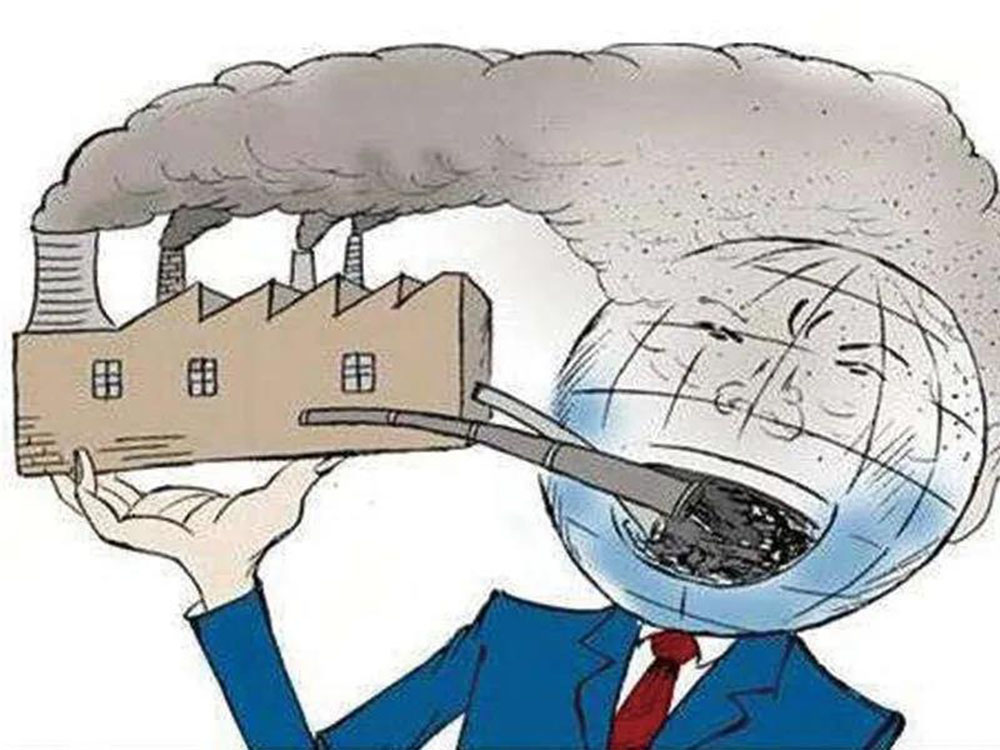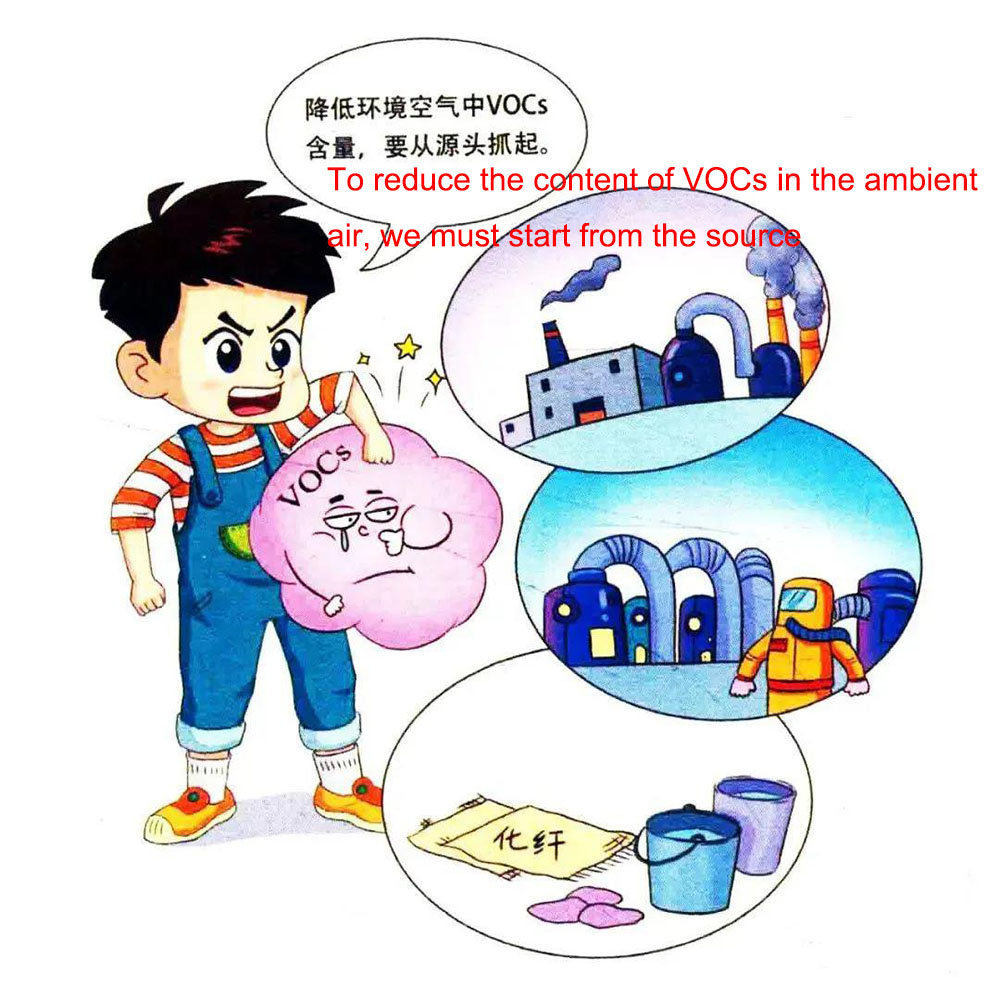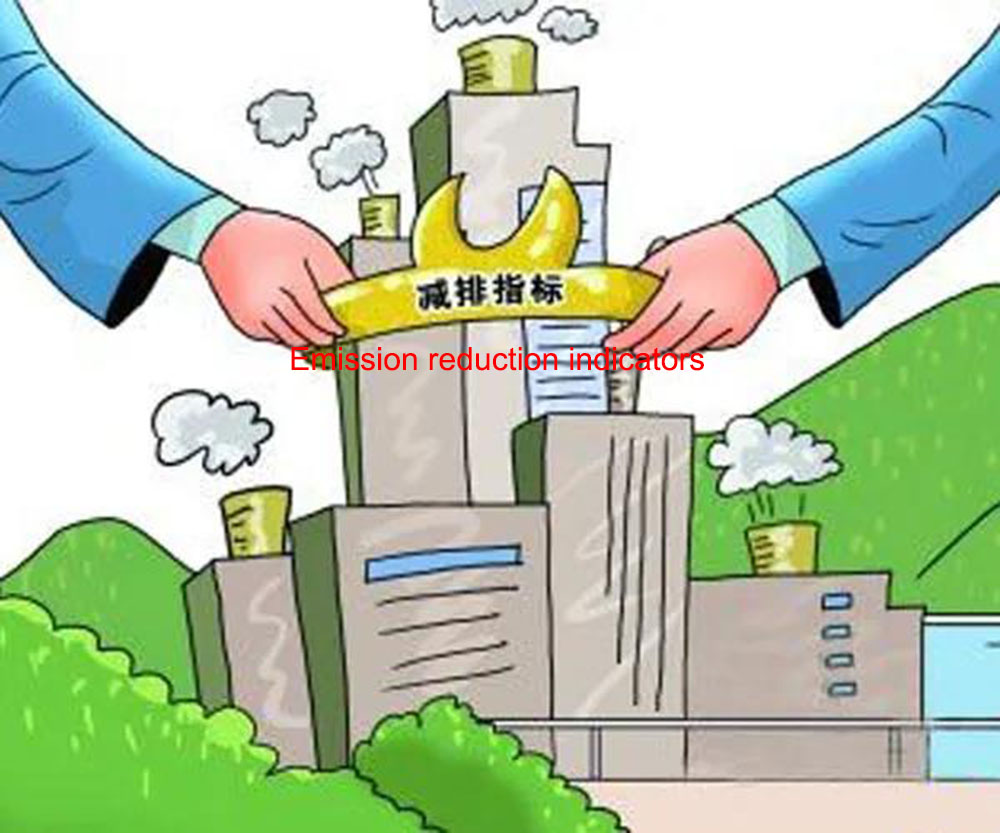Fixed source VOCs online monitoring technology
Sep 28, 2021At present, my country's more mature fixed pollution source VOCs monitoring and detection method is an offline detection method. The samples to be tested are collected on-site through sampling bags or sampling tubes, and then analyzed by testing agencies. This kind of sampling-offline detection can only understand the precise concentration of the gas sample to be tested, and cannot monitor the emission concentration of exhaust gas from a fixed pollution source in real time. In addition, during the sampling-offline detection process, gas sample concentration attenuation, pollution, etc. may occur, resulting in a certain difference between the analysis result and the actual situation. Therefore, compared to the sampling-offline detection method, the online VOCs monitoring technology is more time-sensitive, and it can reflect the VOCs emission of pollution sources more truthfully and accurately. With the continuous advancement of VOCs online monitoring technology, the current VOCs online monitoring methods in my country mainly include spectroscopy, mass spectrometry, chromatography and sensor technology. Various technologies have their own advantages and disadvantages in different fields and conditions of use.

(1) Spectroscopy technology
Spectroscopy technologies used for online monitoring of VOCs mainly include Fourier Transform Infrared Absorption Spectroscopy (FTIR), Differential Absorption Spectroscopy (DOAS) and Tunable Laser Absorption Spectroscopy (TDLAS).
Passive Fourier transform infrared spectroscopy (PFTIR), open optical path long optical path Fourier transform infrared spectroscopy technology (OP-FTIR) and open optical path long optical path ultraviolet differential absorption spectroscopy (UV-DOAS) online monitoring mainly through Open the optical path long optical path (100 ~ 1000m) spectrometer to monitor the pollution plume passing through the optical path. OP-FTIR can monitor hydrocarbons and MTBE and other refining characteristic VOCs, UV-DOAS is suitable for monitoring benzene series, phenols and photochemical products-ozone, etc. The more mature online monitoring technology for the unorganized emission of VOCs at the plant boundary of petrochemical enterprises is the open optical path long optical path spectroscopy. OP-FTIR and UV-DOAS have a large number of applications in the emission monitoring of hydrocarbons and benzene series at the plant boundary, and can be qualitatively and quantitatively measured. The monitoring response time of VOCs in the polluted plume passing through the optical path is shorter, and the monitoring result is the average concentration of the path.
TDLAS technology is a laser spectroscopic analysis method established and developed by using the characteristics of high laser power density and large photon flux. The technology has high sensitivity, good selectivity, real-time and dynamic properties. TDLAS technology can monitor VOCs at ppm or even ppb level within 1s of detection time. In addition, this technology can be used in harsh scenarios such as high temperature, high pressure, and high corrosion. It is the preferred technology for VOCs pollutant monitoring under current harsh working conditions.

(2) Mass spectrometry technology
Fixed or mobile automatic monitoring stations are generally used for online point monitoring of unorganized emissions of VOCs, and generally use fast-response monitoring instruments, such as proton transfer reaction mass spectrometer (PTR-MS) and ion molecular reaction mass spectrometer (IMR-MS). The PTR-MS technology is to directly sample the atmosphere to be measured, and the measurement speed is fast; the proton transfer softly ionizes various VOCs into single ions without fragment ions, which is easy to identify by mass spectrometry; absolute measurement does not require calibration; the detection sensitivity can reach 20ng /m3. Although PTR-MS has a successful application and great potential in the rapid measurement of trace VOCs, there are still problems and limitations. The main reason is that mass spectrometry can only distinguish ions by nuclear-to-mass ratio, so there is a distinction between ions. Difficulties of isomerizing organic molecules. And it is expensive and difficult to apply on a large scale.
(3) Chromatography technology
Thermal desorption/gas chromatography technology combined with solid adsorbent tube passive diffusion adsorption sampling to monitor the long-term average concentration of benzene compounds. The sampling cost is low, the points can be distributed in a wide range, the sampling time is longer, and it is suitable for monitoring the long-term average concentration. Moving point monitoring can improve the timeliness of monitoring to a certain extent. Portable or hand-held organic gas analyzer (TVA) equipped with flame ionization detector (FID) or photoionization detector (PID) can be used directly on site. Read the total amount of organic matter, and install low-energy and fast-response monitoring instruments on the vehicle-mounted mobile platform to realize air movement monitoring. This technology is widely used in the United States.

(4) Sensor technology
Inexpensive micro-sensors are another important development direction of online monitoring technology. Micro-sensors have low power consumption and operation and maintenance costs, and can be deployed in large numbers, and a three-dimensional real-time monitoring network for unorganized emissions based on the Internet of Things can be constructed. At present, the verified air pollutant monitoring sensors include optical, electrochemical, infrared and metal oxide semiconductor types, and the price range is large, generally not more than 2,000 US dollars, and can monitor PM2.5, NO, NO2, SO2, O3, CO And VOCs, etc. VOCs sensors are relatively complex, and the sensitivity, reliability, and analysis types need to be improved. In particular, currently only total VOCs can be monitored, and a single type of VOCs cannot be monitored separately.